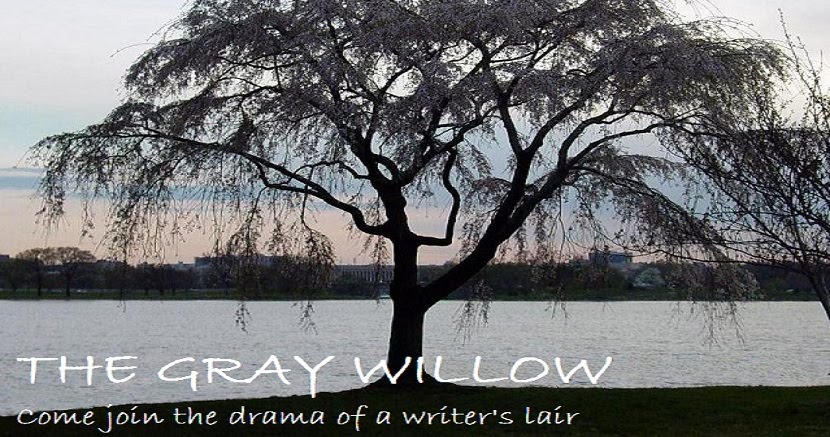McKee explains three types of plots:
Archplot, Miniplot, and Antiplot. Allow me to share his nifty diagram.

For some reason the word on the bottom left hand corner was cut off. It's supposed to say minimalism. According to McKee (who I tend to believe since he's been in the movie industry for billions of years) the archtype plot contains these elements: causality, a closed ending, linear time, external conflict, single protagonist, consistent reality, and active protagonist.
Miniplots (sometimes referred to as minimalism) have open endings, internal conflicts, multi-protagonists, and a passive protagonist.
Finally, antiplots rely on coincidence, nonlinear time, and inconsistent realities.
After McKee explained what made up each type, he then explained what films are received by the largest audiences. (Of course, not all stories fit neatly in one corner. Most veer toward one type but can have elements of the other plot types.) McKee says stories with the archtype plots are the best received. These are the types that aren't considered "artsy." This is also what much of Hollywood uses since most people like a resolved ending and these other traditional elements.
Many other countries, however, embrace the miniplot structure--don't identify with the perfect all-questions-answered ending. But these movies are typically low budget (in the US) and supposedly don't have the same broad appeal. Not always, of course, but he says this is the politics of plots.
Antiplots break all the rules. This would include a slice of life story, also avant garde. Monty Python fits in this group, but so would many other different stories of different genres.
I learned a few things while studying this chapter. First, I'm inherently drawn to the minimalist style, the miniplot. This is fine--there is no right or wrong plot style. It just depends on our goals as storytellers. Do we want to tell our stories in their truest forms, what rings from our hearts, or would we like to be able to see them reach the masses? Speak to more people? These are hard questions. I, for one, like a bit of an open ending and naturally write stories that focus on inner conflicts. I also struggle to write a strong protagonist. But I also want to be able to reach more people. This is what we must weigh. I'll end with this thought:
McKee says, "Each tale you create says to the audience: "I believe life is like this." I agree. No matter what I write, I want it to be true to myself.

Very cool. I'll have to find this book! Thanks!
ReplyDeleteWow, I definitely write with arch type plots in mind. I need to branch out.
ReplyDeleteI don't know that what I write is so much "I believe life is like this" so much as "I would like life to be like this".
ReplyDeleteYou always find the neatest books.
ReplyDeleteI like the archtype however too many movies these days do not have closure and leave too wide of an opening for a second movie.
Oh, great stuff! Even having studied fiction writing in school, some of this is new to me. I think I write with all three of these plots, although most recently probably archtype.
ReplyDeleteNo prob, Melissa.
ReplyDeleteAubrie, maybe not. You're looking for an agent, and they'll want a book that sells. Archtype plots will have the broadest appeal.
David, nice one.
Avalon, I would only compound your issue. I like quasi open endings but know a lot of people share your opinion.
Carolina, glad to share something new!
That's some complex story structure! And all diagrammed as well. Duly impressed!
ReplyDeleteGood stuff - I need to study more about this stuff. I just write and find that I do a lot of the things the books say, but I don't know the terms for what I'm doing. My current WIP will be resolved, but it leaves a some strands open - does that mean it's a mini-plot?
ReplyDeleteOoh! Ooh! That was very interesting, but I just saw your book blurb on the sidebar! Eek! I've been waiting for that! I'm so excited!
ReplyDeleteInteresing. I'm mostly archtype, although I sometimes have two protagonists and usually some internal conflict. Thanks for sharing.
ReplyDeleteKaren, I love that word: duly. ahh.
ReplyDeleteMary, it sounds like it has that one element of a miniplot. Do you plan on writing a sequel? I know some publishers/agents like books to stand alone but also have the possibility for a series.
Krista, thank you!! I guess I should have brought up that it's up there! ha!
Carol, I love love love inner conflict, especially when it's paired with a significant outer conflict. Public and private stakes. Donald Maas talks about this.
Great post! I love the comparisons between the so-called "artsy" plots and "normal" resolutions. I tend to like miniplots - I don't like all my questions answered, but antiplots leave me just plain confused. =)
ReplyDelete